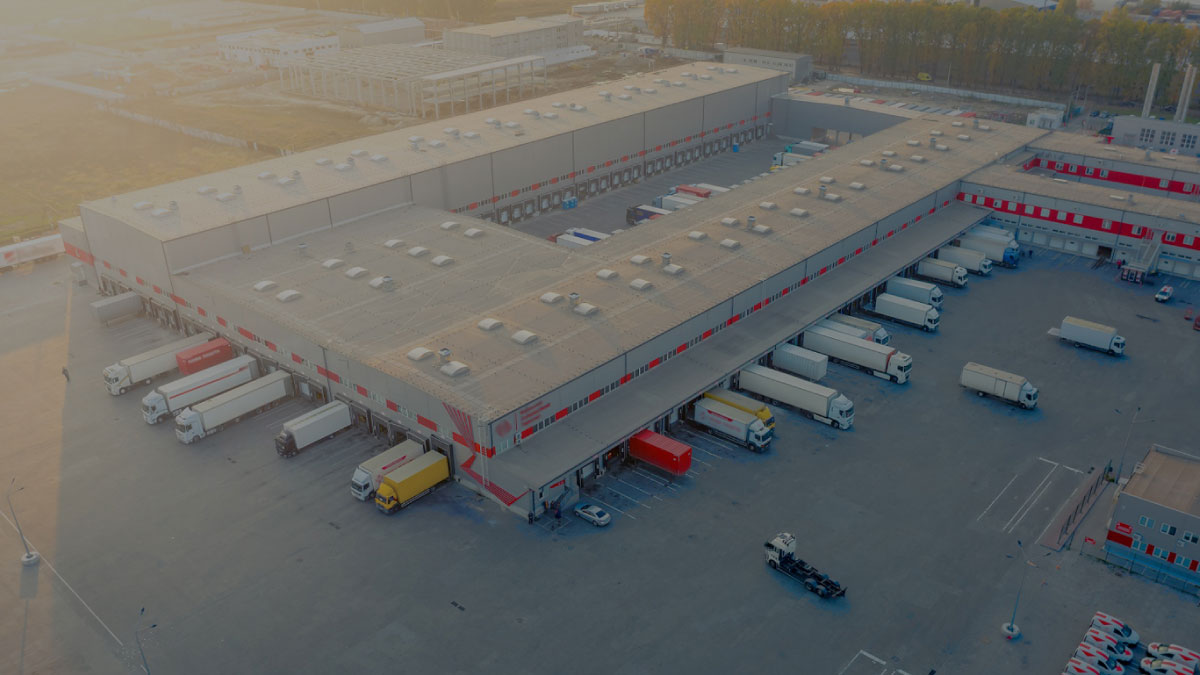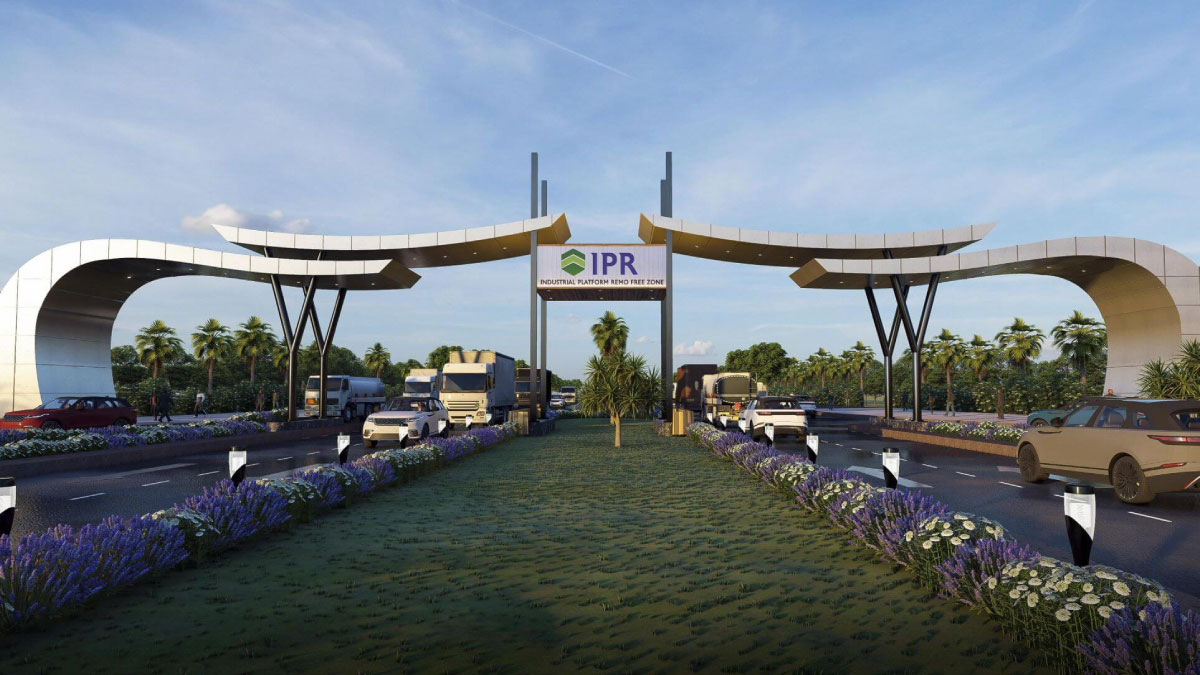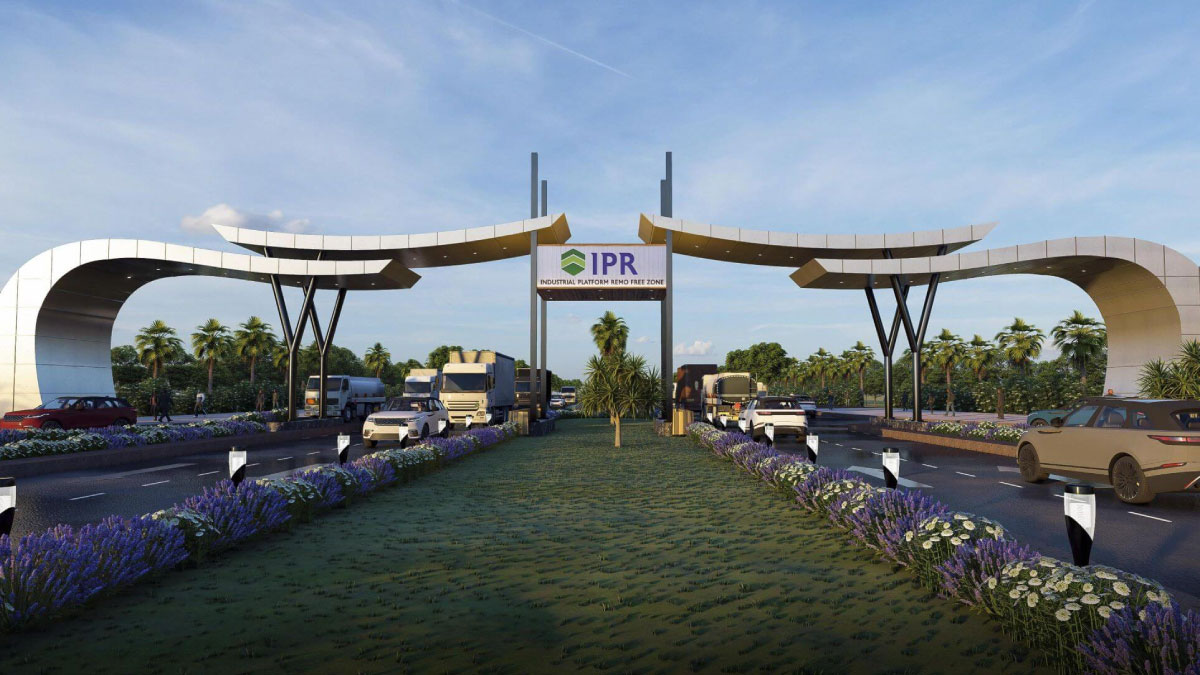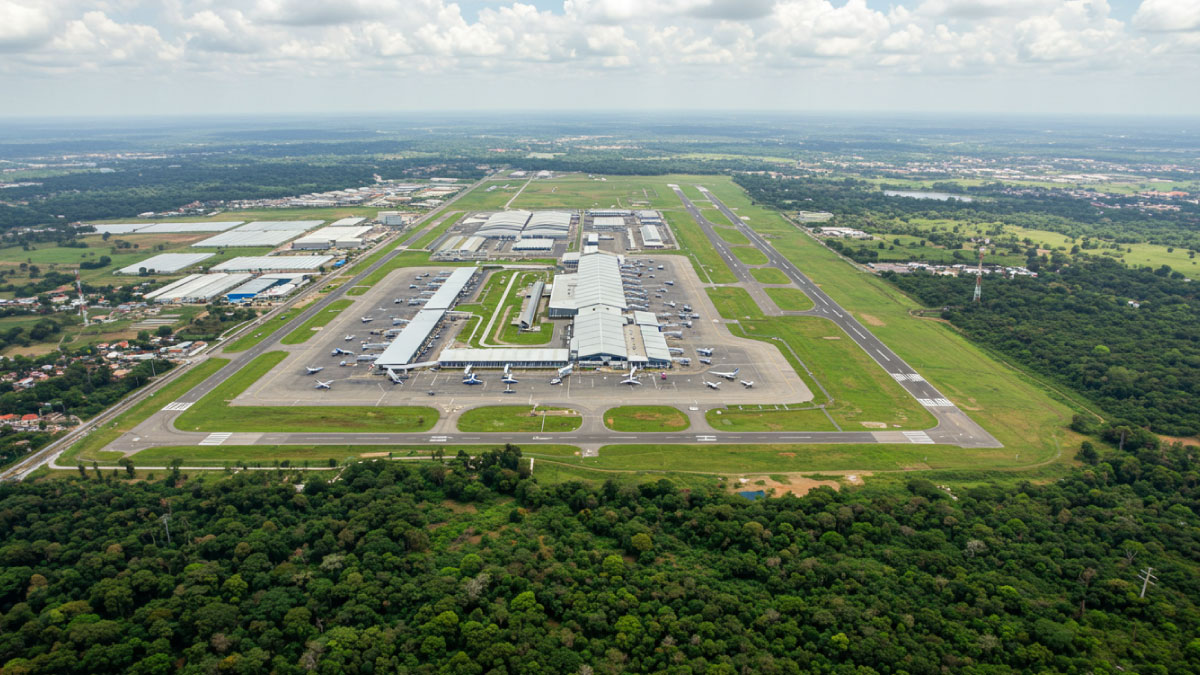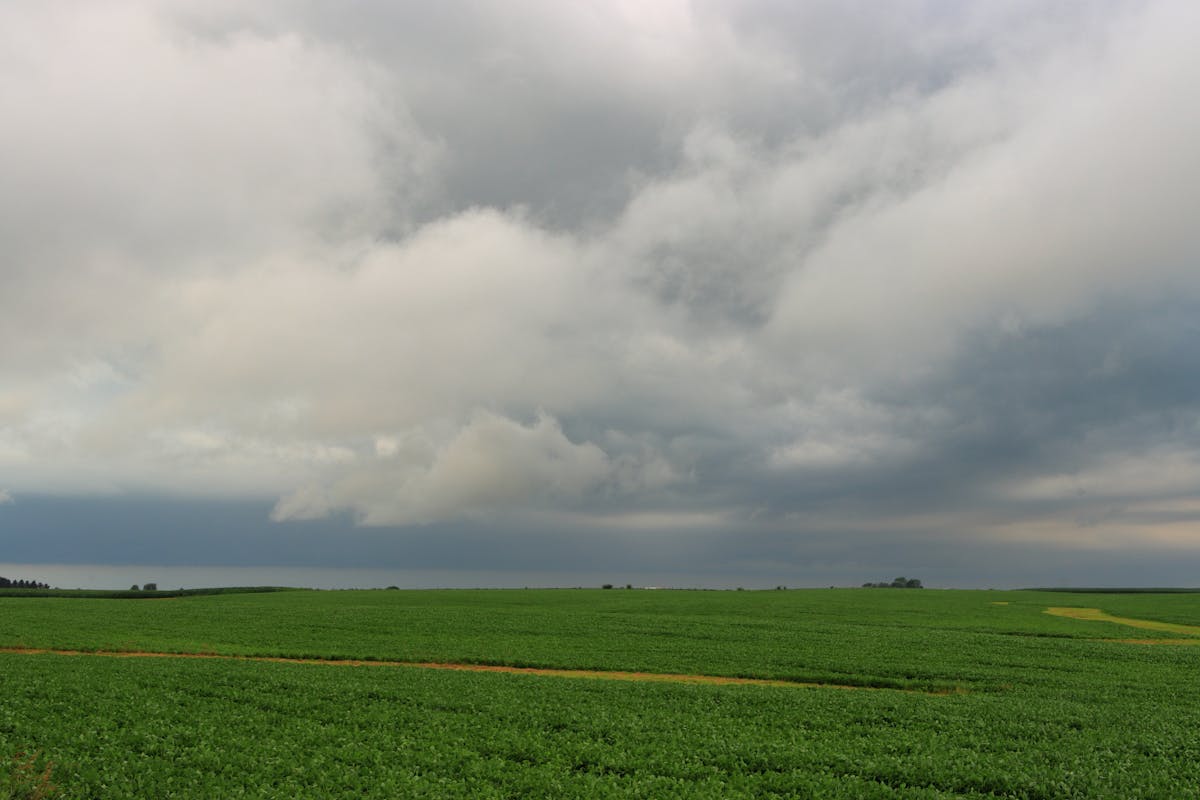Nigeria’s Special Economic Zones (SEZs) have attracted over $66 billion in foreign direct investment (FDI) and ₦620 billion in local investment, creating more than 35,000 jobs as at 2023, a powerful indicator that SEZs are doing more than just shifting policy. They’re transforming the economy in real terms.
Not long ago, there were locations in Nigeria that people passed by without a second glance; pieces of land with untapped potential. Today, some of those areas are morphing into thriving industrial hubs, drawing in investors, creating jobs, and changing the economic trajectory of entire regions.
At the heart of this transformation are Special Economic Zones (SEZs), structured and investor-ready environments that are fast becoming the new engines of industrialisation and foreign direct investment (FDI).
As the global economy shifts, countries looking to diversify their economies and compete on a global scale are turning to SEZs as a strategic tool for accelerated growth. In Nigeria, these zones are not just policy frameworks; they are physical manifestations of what is possible when infrastructure, innovation, and investor confidence converge.
What Are Special Economic Zones (SEZs)?
According to Wikipedia, a Special Economic Zone (SEZ) is a designated area within a country where business and trade laws differ from the rest of the nation. These zones are typically established to attract investment, boost industrial activity, and generate employment by offering incentives such as tax breaks, streamlined regulations, and dedicated infrastructure.
You can think of SEZs as mini-economies within the broader economy. They are designed to function with more agility, responsiveness, and purpose. They’re often strategically located near transport hubs, such as ports or major highways, allowing for easier logistics and export efficiency.
The goal is simple: make it easier and more rewarding for businesses, local and international, to set up shop, produce, and scale.

Types of SEZs in Nigeria
Nigeria’s SEZ landscape is diverse and evolving. These zones are often categorised based on their purpose and structure:
| Type | What It Does |
| Free Trade Zones (FTZs)/Free Zones (FZs) | Focused on import-export operations. Goods can be brought in duty-free, processed, and re-exported |
| Export Processing Zones (EPZs) | Tailored to export-oriented manufacturing and production |
| Industrial Parks | Large-scale areas with shared infrastructure, logistics, and utility services. |
| Specialised SEZs | Caters to specific industries, like tech, agro processing, or petrochemicals |
These zones are typically governed by the Nigeria Export Processing Zones Authority (NEPZA) or the Oil and Gas Free Zones Authority (OGFZA), depending on their industry focus.
Each zone offers a unique mix of incentives, but what unites them is a commitment to improving ease of doing business, reducing overheads, and creating stable environments for investment and production.
How SEZs Fuel Industrialisation
Industrialisation doesn’t happen by chance. It takes planning, investment, and a conducive environment where businesses can operate efficiently and profitably. SEZs provide this environment by solving several structural issues that have historically slowed down Nigeria’s industrial growth.
In many parts of the country, manufacturers face challenges such as inadequate power supply, congested logistics, bureaucratic bottlenecks, and unclear regulatory frameworks. SEZs tackle these head-on by offering purpose-built infrastructure, reliable utilities, and governance frameworks designed with businesses in mind.
Within an SEZ, manufacturers can access stable power, well-laid road networks, and proximity to raw materials and labour. This drastically reduces operational costs and turnaround times, making it easier to produce competitively for both local and export markets.
Beyond infrastructure, SEZs also promote industrial clustering. When multiple companies from related sectors operate within the same zone, they can share services, exchange knowledge,
and form supply chain linkages that drive down costs and increase efficiency. This kind of ecosystem thinking is key to sustainable industrial growth.
Attracting Foreign Direct Investment (FDI)
Foreign investors are always on the lookout for stable environments with high return potential. SEZs offer just that. By design, SEZs reduce the risks and uncertainties that often deter FDI. Investors are assured of:
• Clear and consistent policies
• Faster administrative procedures
• Incentives such as tax exemptions, duty-free imports, and repatriation of profits
But more than these technicalities, SEZs send a strong signal to the international community: this region is open for business and ready to partner on mutually beneficial terms.
FDI plays a crucial role in economic development. It brings in not only capital but also expertise, technology, and international business networks. Within SEZs, foreign companies can build factories, train local workers, form partnerships with local firms, and participate in regional value chains.
What’s even more powerful is the confidence multiplier effect. When one reputable investor enters an SEZ and shares a positive experience, others often follow, sparking a chain reaction of new investments and opportunities.
Real Impact: Jobs, Skills, and Local Development
It’s easy to focus only on the big numbers: GDP growth, export figures, and investment volumes. But one of the most tangible impact points of SEZs is on the lives of everyday people. When a special economic zone becomes active, it brings with it:
• Employment opportunities across various skill levels
• Skill development programmes to upskill local labour for technical and managerial roles • Demand for housing, transport, healthcare, and education, which stimulates local businesses
This ripple effect transforms not just the SEZ itself but the surrounding communities. Young people gain access to better-paying jobs, families benefit from improved infrastructure, and entire towns can see a rise in living standards.
Additionally, SEZs provide platforms for small and medium-sized enterprises (SMEs) to thrive by connecting them to larger supply chains. Local suppliers of raw materials, logistics companies, caterers and service providers all find new markets and opportunities within the ecosystem of a well-functioning SEZ.
The Challenges
Of course, the SEZ model is not a magic wand. Poorly implemented zones can become white elephants, sitting idle with unused infrastructure and wasted potential.
Key challenges include:
• Policy inconsistency or changes in government that affect investor confidence • Lack of coordination between federal, state, and local authorities
• Inadequate infrastructure development and poor project execution • Limited awareness among local businesses about how to plug into SEZ opportunities
To address these, success depends heavily on strong governance, long-term vision, and investor-focused leadership.
A Scalable Blueprint for the Future
In a rapidly changing global economy, Nigeria—and indeed, many developing countries— cannot afford to leave industrial development to chance. The SEZ model offers a practical and scalable solution for driving inclusive growth, attracting investment, and preparing the economy for the future.
What makes SEZs even more attractive today is their adaptability. We are now seeing the rise of:
• Green industrial zones that prioritise sustainability and clean energy
• Tech and innovation zones designed for digital infrastructure and start-ups
• Agro-industrial SEZs focused on transforming agricultural value chains
This evolution ensures that SEZs can support not just traditional manufacturing but also emerging sectors critical to modern economies.
Furthermore, SEZs are positioned to benefit from regional trade agreements such as the African Continental Free Trade Area (AfCFTA), which offers access to a larger unified market. Investors within SEZs can produce not just for Nigeria, but for the entire continent.
Conclusion
Special Economic Zones are no longer just policy experiments. They are becoming pillars of economic transformation, particularly in economies seeking to diversify and industrialise quickly.
Their ability to attract FDI, streamline production, and foster job creation makes them one of the most effective tools for long-term growth. But success lies not in the idea of SEZs alone; it lies in how they are executed.
Zones that are intentionally built, transparently managed, and integrated with local development goals will define the next chapter of industrial growth in Africa.
As the dust settles on new construction sites and the machines roar to life, it’s clear: SEZs are driving more than just factories. They’re driving hope, opportunity, and a reimagined future.

